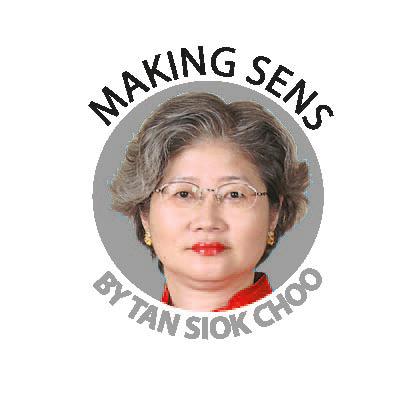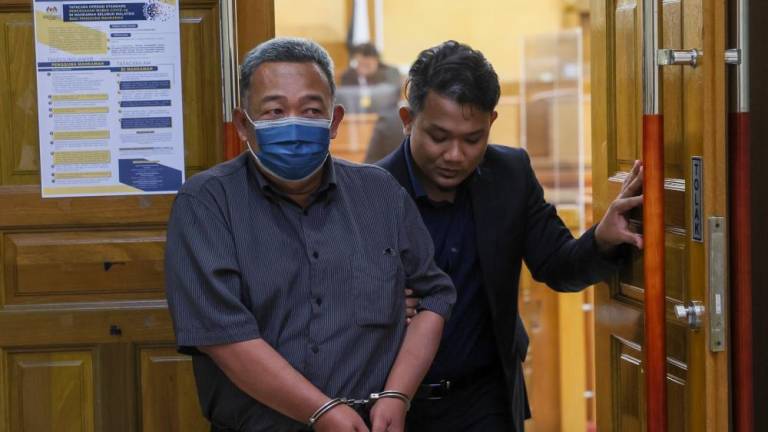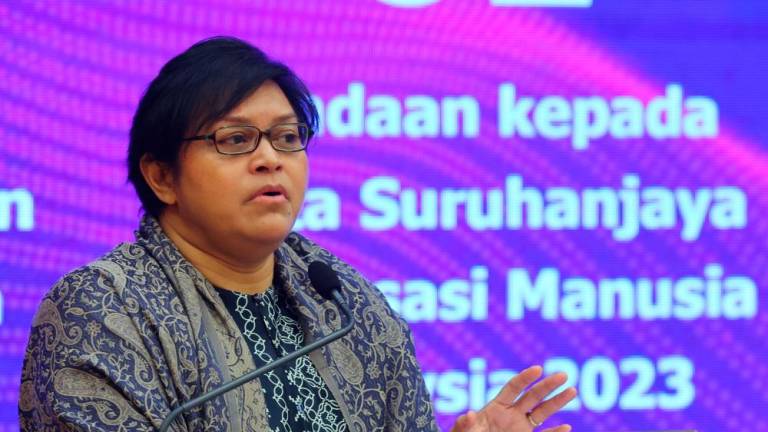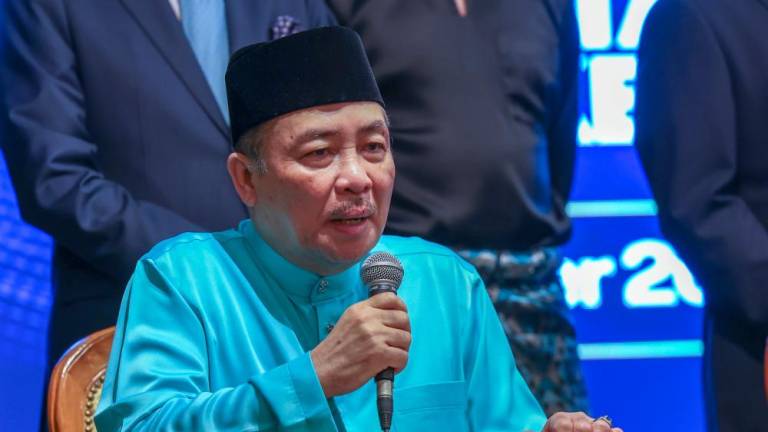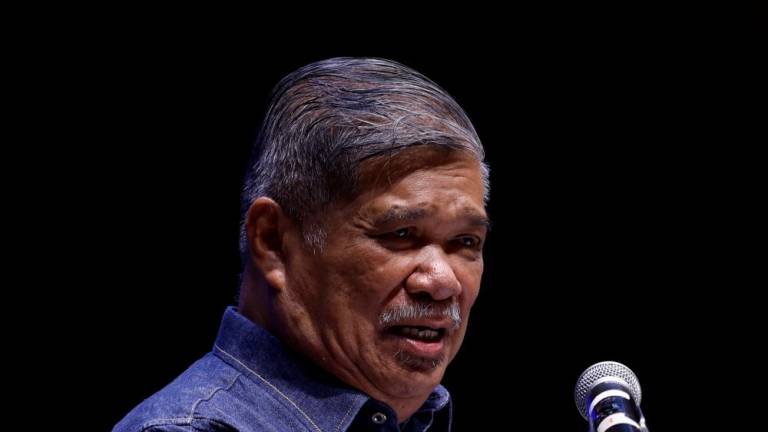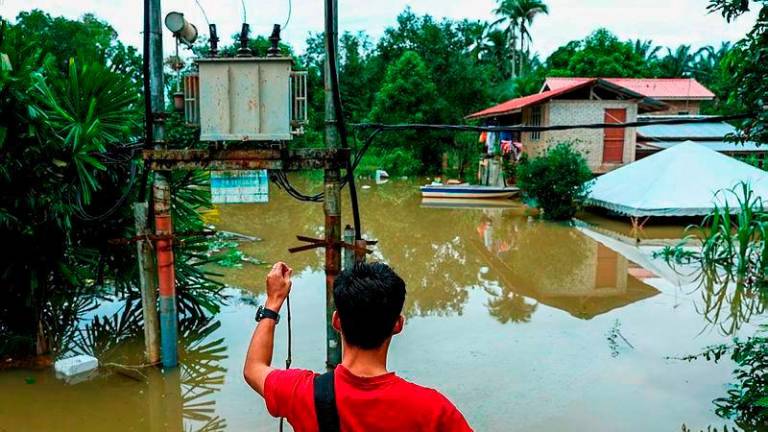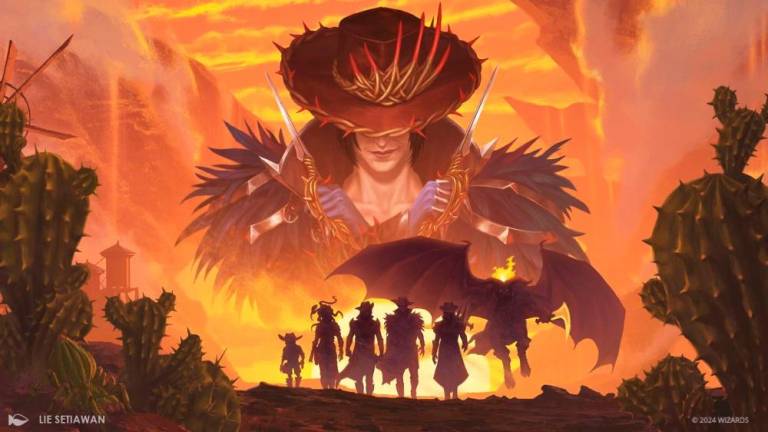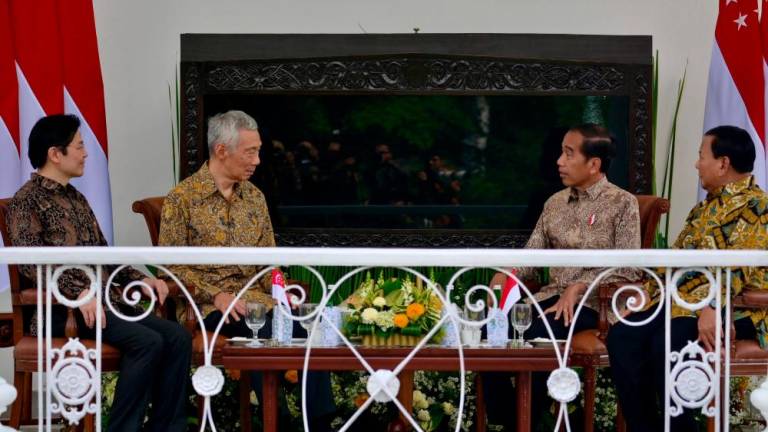US President Donald Trump’s 36-hour visit to India was long on visual extravaganza and verbal hyperbole but short on dollars and substance. Despite the fulsome praise Trump lavished on Indian Prime Minister Narendra Modi in Ahmedabad, the largest city in Modi’s home state of Gujarat, the whirlwind tour highlighted the trite dictum: The enemy of my enemy is my friend.
India and China share a 3,488km border. Overlapping claims in border areas caused both countries to wage a full-blown war in 1962, fighting in 2013 in Chumur region in India’s Himachal Pradesh state and a skirmish in 2017 in Doklam, a region triangulated by India, China and Bhutan.
Not surprisingly, relations between Washington and New Delhi are strongest in the military sphere. In November last year, the first tri-services joint military exercise between the US and India, codenamed “Tiger Triumph”, was held on land, sea and air.
Trump announced India will buy attack helicopters and other military equipment totalling US$3 billion. Although Russia remains India’s main military supplier, since 2007, India’s defence deals with Washington totalled US$17 billion, Reuters says.
“I believe that the United States should be India’s premier defence partner,” Trump said at Sardar Patel Stadium in Ahmedabad on Monday. It is touted to be the largest cricket stadium in the world.
“Despite all the differences, the ratcheting up of diplomatic and military attention to strategies that could counter Chinese expansionism is something that’s been pretty consistent,” Milan Vaishnav, head of the South Asia programme at the Carnegie Endowment for International Peace told USA Today.
Theoretically, in a tripartite fight for dominance, the strongest player should ally with the weakest to prevent the other two parties from uniting against the number one.
Trump’s visit to India in a US presidential election year highlights New Delhi’s importance as a strategic ally, Richard Rossow, a think-tank analyst noted.
Additionally, unlike China, India doesn’t threaten the US economically. Not only is China the second-largest economy in the world, it displaced the US to become the leading global car market while China’s tech companies are rapidly catching up with their American counterparts.
Huawei is a case in point. Prompted by spying concerns, Washington has attempted to jawbone its allies from doing business with China’s technology giant – even though few US companies make critical 5G components.
In India, the bromance between the two leaders was verbose and fulsome. To reciprocate the 50,000-strong “Howdy Modi” welcome in Houston last fall, Modi staged a “Namaste Trump” rally attended by 100,000 Indians – a feat likely to find favour with Trump, obsessed with mega-crowd numbers.
Trump described Modi as an “exceptional leader” who works night and day for his country.
“America loves India, America respects India, and America will always be faithful and loyal friends to the Indian people,” he said.
Lauding Modi’s record of economic governance, Trump said:
» In a single decade, India has lifted over 270 million people out of poverty.
» Under Modi, for the first time, every village in India has access to electricity.
» 600 million more people have access to basic sanitation.
BBC’s Reality Check Team (RCT) says two points are overstated.
“By the time Modi took office in 2014, 96% of the 600,000 villages in India had already been electrified, RCT said.
Latest figures from India’s Department of Drinking Water and Sanitation show more than 100 million toilets have been built. RCT added “every toilet would probably be used by multiple people” – a tactful attempt to explain the gap between Trump’s 600 million and India’s official figure of 100 million.
Bilateral trade between India and US, however, remains a source of tension. Trump complained about the US$23 billion trade deficit the US suffered against India last year.
On June 5 last year, Trump removed India from the Generalised System of Preferences (GSP). A major beneficiary of the GSP programme – which allows Indian goods duty-free access to the US up to US$5.6 billion – India deemed this removal a major setback. A miffed New Delhi retaliated by imposing stiff tariffs on 28 US agricultural products.
During Trump’s visit, meals posed conflicting eating preferences. Trump is a staunch lover of beef, known to eat steaks twice a day, while vegetables seldom appear on his plate. In contrast, Modi is a dedicated vegetarian and India is a country where cows are sacred. Last Tuesday, Trump was served a meal that was beef-free.
To entrench his right to the French throne, the Huguenot (Protestant) King Henry IV converted to Catholicism on July 25, 1593 and reportedly said: “Paris is well worth a mass”.
Like Henry IV, Trump probably assured himself on Tuesday: “India is well worth a beef-free dinner.”
Opinions expressed in this article are the personal views of the writer and should not be attributed to any organisation she is connected with. She can be contacted at siokchoo@thesundaily.com




